Roughly three-ish years into a new car’s on-sale period, a mid-cycle refresh is customary to keep things fresh for another few years before the next-generation model rolls around. There are exceptions—the Chevrolet Express van will stick around until the heat death of the universe, and the 2012 Honda Civic was so widely panned, it was updated again for 2013—but generally that’s the way the business goes. Press launch, pats on backs, figure out how to keep buyers rolling in a few years down the line. However, sometimes a mid-cycle refresh is more do-or-die. The 2026 Toyota bZ holds a heavier burden than most facelifts, because it’s not just trying to keep Toyota’s EV competitive, it’s trying to make it competitive in the first place.
When the 2023 Toyota bZ4X first launched, it wasn’t a great EV. All-wheel-drive models were capped to a measly 100 kW at DC fast charging stations, rated range was barely more than 200 miles, and it felt like Toyota was at least five years behind the rest of the game. What’s more, the bZ4X wasn’t great at being a car. From strange ergonomic impedances to a grating powertrain whine to an initial stop-sale and recall due to wheels literally falling off, the launch of the bZ4X was an embarrassing moment for Toyota, and it launched a serious rebuilding period.
Toyota’s now had three years to catch up to the rest of the mass-market EV pack, and its electric crossover just received a facelift heavy enough to come with a new name. We’re talking new powertrain options, a new dashboard, and dropping “4X” to simply make it a bZ. Spoiler alert: It appears to have actually worked.
[Full disclosure: Toyota Canada brought this bZ to AJAC TestFest, an annual event put on by the Automobile Journalists Association of Canada as part of the run-up to and evaluation for Canadian Car of the Year. Food and lodging were provided by the Association.]
The Basics
Battery Pack: 57.7 kWh on the base XLE FWD model, 74.7 kWh on all other models.
Drive: Single-motor front-wheel-drive or dual-motor all-wheel-drive.
Output: 168 horsepower on the base XLE FWD model, 221 horsepower on other FWD models, 338 horsepower on AWD trims.
EPA Range: 236 miles (380 km) for the XLE FWD, 314 miles for the XLE FWD Plus, 288 miles (468 km) for the XLE AWD, 299 miles for the Limited FWD, 278 miles (436 km) for the Limited AWD.
Peak DC Fast Charging: 150 kW.
Base Price: $36,350 including freight ($47,920 in Canada).
Price As-Tested: $41,825 including freight ($55,670 in Canada).
Why Does It Exist?
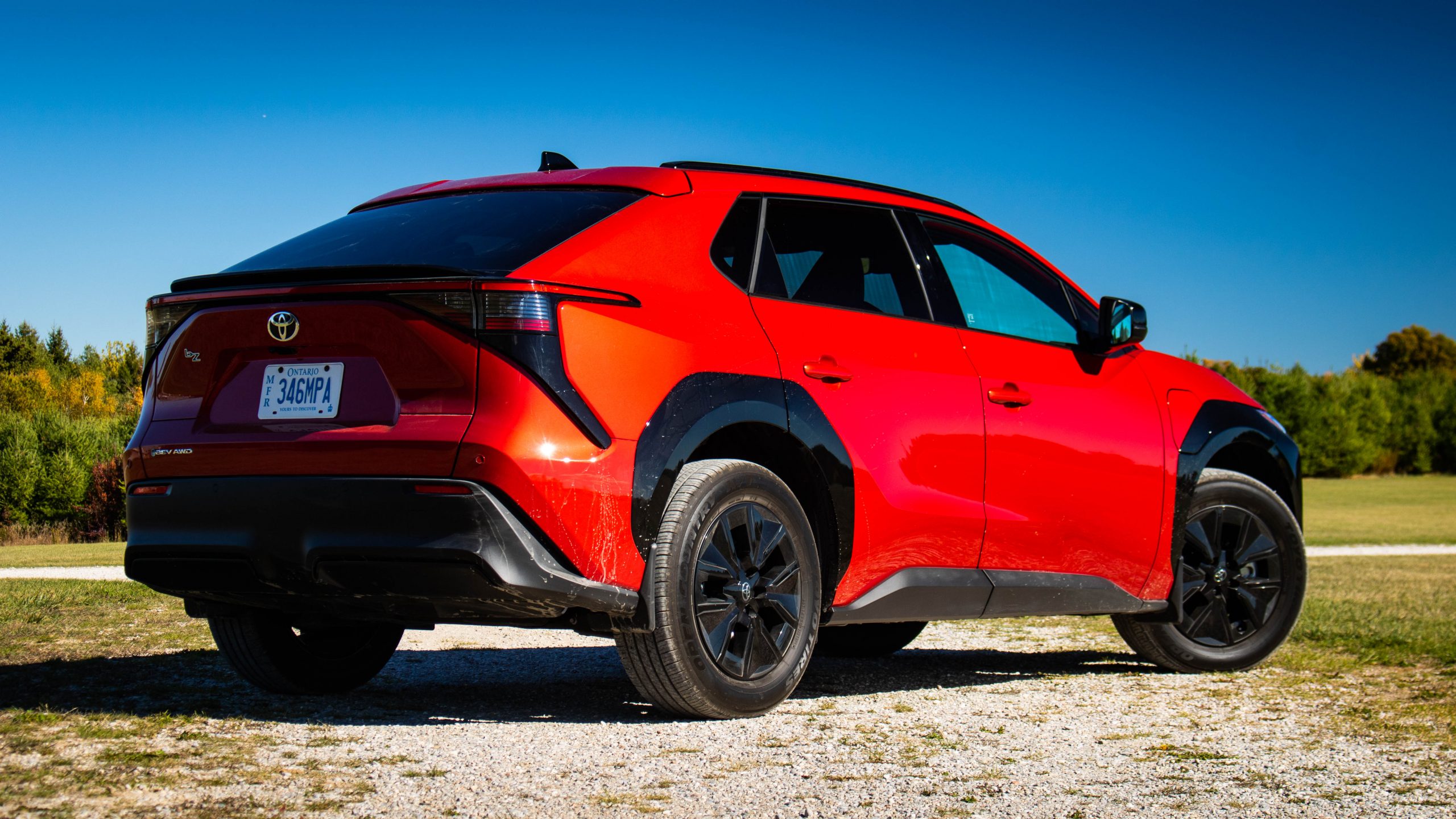
A few years ago, it became obvious that Toyota needed a global mass-market EV as the tide of emissions regulations kept rising and consumers warmed to battery electric vehicles, and a compact crossover makes a ton of sense for a worldwide vehicle. It’s the sort of package that should sell in every market, which explains why just about every mainstream automaker under the sun makes one. While the first shot didn’t go so smoothly, consider the bZ the mark II. Actually, hang on, there’s another Toyota literally called the Mark II. Oh well, you know what I mean.
How Does It Look?

On first glance, it’s difficult to tell this bZ XLE AWD apart from the old bZ4X. The shiny, swirl-attracting black fender inserts are just so out there that it’s easy to miss how the front ones are slightly smaller, and how the whole front end is just subtly different. The grille silhouette is a bit sharper, split headlights allow for a more Prius-like down-the-road graphic, and the cladding on the bottom of the bumper is simpler. Around back, the story’s much the same as before because fundamentally, this isn’t an all-new car. It’s a refresh, and it’s what’s inside that counts.
What About The Interior?

Many people who’ve experienced it will agree, the cabin was a notable weak spot of the old bZ4X. To confirm that I wasn’t crazy, I managed to convince my Toyota-driving cousin to climb into a bZ4X at an auto show a couple of years ago, which elicited the incredulous grumbling normally associated with suddenly realizing the oatmeal cookie you’re eating has raisins in it. A huge console meant that the front of the cabin was oddly cramped, the dashboard was seemingly upholstered in long johns, and the general ergonomics conspired to make half the gauge cluster unreadable due to its relationship with the steering wheel. Guess what? Toyota fixed all of those complaints. A reworked digital gauge cluster means you’re actually able to read all of it, a lowered console means there’s finally room for your inboard knee, and the whole cockpit is simpler, cleaner, and less of a clash of materials.
How Does It Drive?
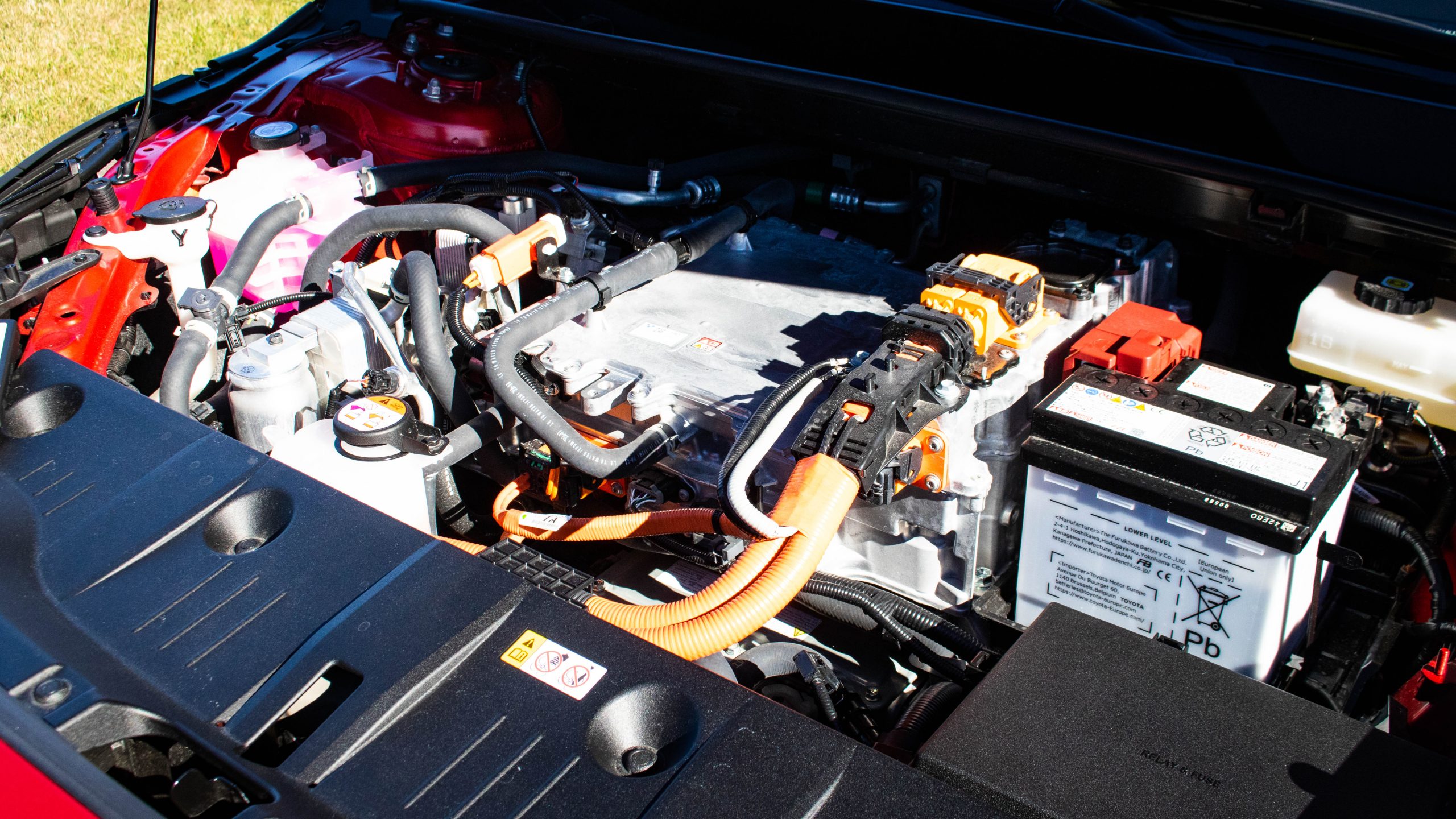
I know the bar is low here, but the bZ genuinely drives better than its predecessor. Granted, I had to stop driving the old bZ4X after about 15 minutes due to a powertrain whine so loud, it simulated tinnitus, but the AWD 2026 bZ I drove showed no signs of this whine, even if it isn’t the quietest EV in the segment. The suspension felt a bit firmer than in a RAV4, but never harsh, and the steering is nicely weighted with great on-center accuracy. Of course, the big figure everyone’s looking at is how far Toyota’s electric crossover will go on a charge. The old bZ4X AWD managed a disappointing 228 miles of range, but the bZ XLE AWD claims 288 miles of range, and that feels quite accurate. Sure, it can’t crack the 300-mile barrier in dual-motor trim, but it’s right in the ballpark of the Hyundai Ioniq 5 and only 12 miles off of the big-pack dual-motor Ford Mustang Mach-E.
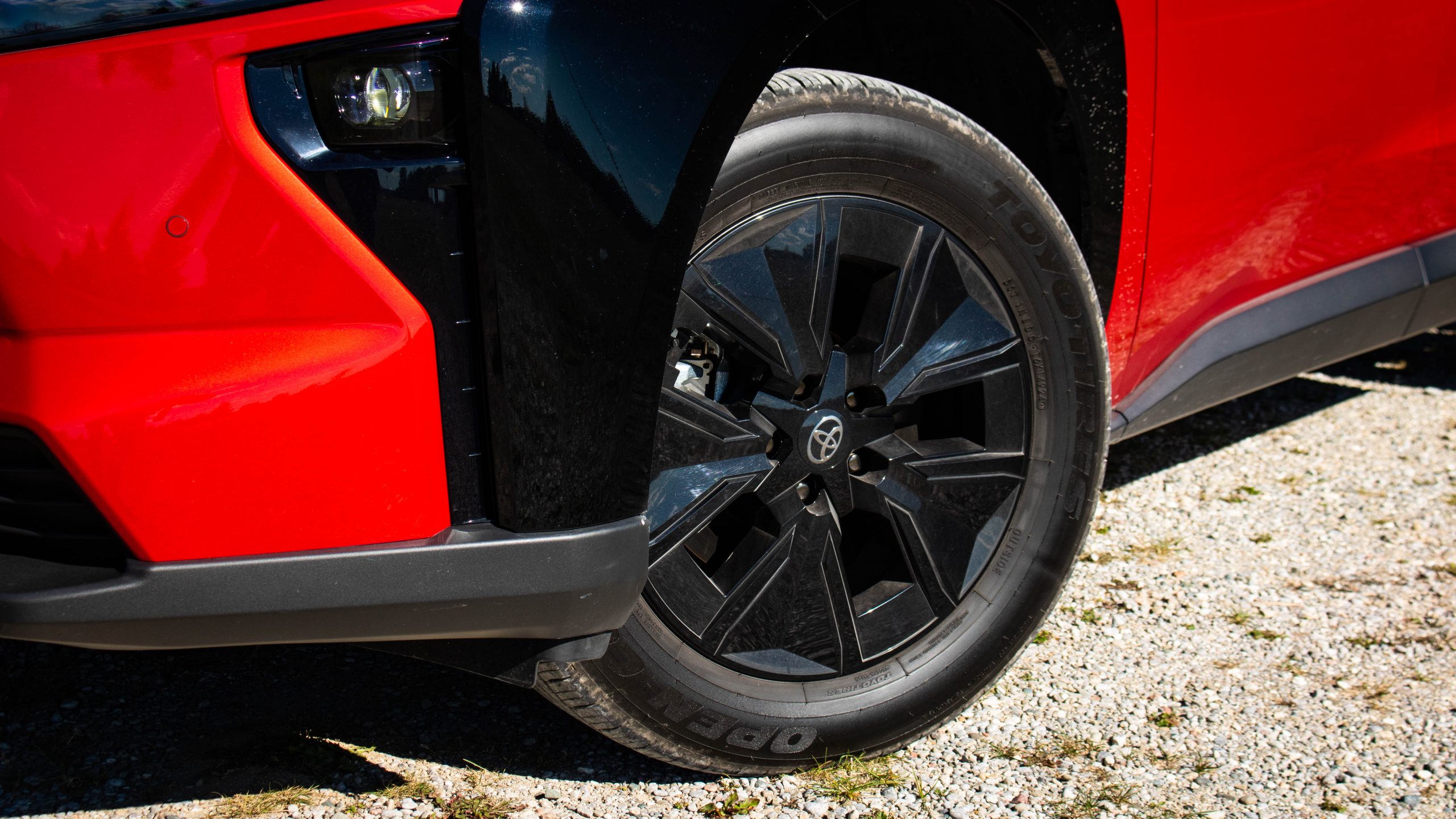
Speaking of competitive, let’s talk pace. The official claim is a zero-to-60 mph run in a hair under five seconds, and I suspect Toyota’s being a bit conservative in its rating. The all-wheel-drive bZ might actually be the second-quickest Toyota-badged vehicle sold in North America right now. At the same time, 150 kW DC fast charging is competitive with other 400-volt EVs and a 50 percent improvement over the old bZ4X AWD’s maximum rate, and Toyota’s fitted a Tesla-style NACS port for adapter-free Supercharger compatibility.
Does It Have The Electronic Crap I Want?
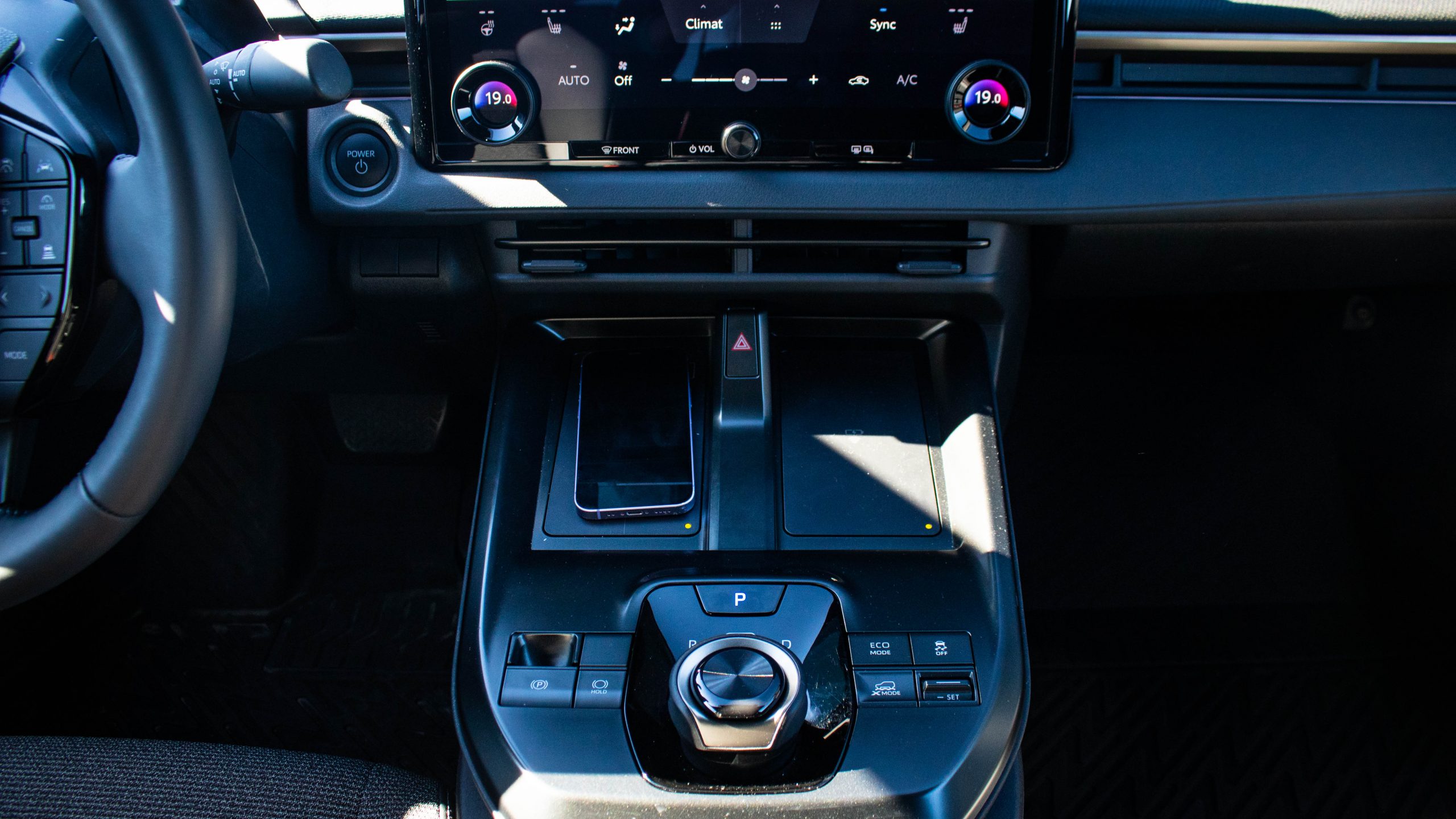
Almost certainly. Every single 2026 bZ comes standard with a 14-inch infotainment screen, Wireless Apple CarPlay and Android Auto, a heated steering wheel, a power liftgate, four USB-C charging ports, including two 60-watt ones, a 1,500-watt household power outlet, 64-color ambient lighting, a power driver’s seat, an auto-dimming rearview mirror, and a perfectly adequate six-speaker audio system. That’s a lot of stuff, and Toyota’s even had the common sense to throw in a volume knob. However, while the standard dual wireless smartphone chargers are nice to have, they do compromise center console storage. Still, if you like gadgets, the bZ has one of the best standard equipment lists in the segment.
Three Things To Know About The 2026 Toyota bZ
- There’s actually passenger space up front now.
- No more pervasive whine!
- Yes, it comes with a NACS port.
Does The 2026 Toyota bZ Fulfill Its Purpose?

In one fell swoop and about three years, Toyota’s turned its first mass-market electric crossover from egg-on-face to actually competitive. Every trim except the base model now has the range, charging, and power to be a reasonable choice if you get a good deal, and the automaker’s even managed to keep pricing reasonable. For the Toyota loyal who can charge at home and put up with the decreased cargo room over a RAV4, the new bZ is genuinely worth a look in its punchy all-wheel-drive trims. Would I still rather have a Ford Mustang Mach-E or Hyundai Ioniq 5? Sure, the Mach-E is more fun and upscale than the bZ and the Ioniq 5 is more refined than the bZ. However, if the bZ lives up to the remarkably solid reliability record of the bZ4X, I can totally see why someone would choose it.
What’s The Punctum Of The 2026 Toyota bZ?
It’s amazing what a heavy refresh can do.
Top graphic image: Thomas Hundal






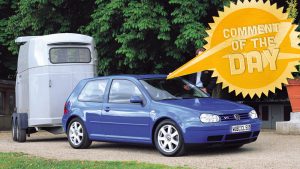


This sounds like the BZ4X Toyota SHOULD have launched with in the first place.
Heck, I would have recommended its Lexus version to my inlaws in January, instead of the GV60 they bought instead.
that doesn’t make sense to me. toyota probably treated the bz4x as a plug-in car with a big battery and they probably believed that most people would charge at home. their second iteration breaks out of the driver’s garage and lets them charge at super chargers. Like, I saw an article today that claimed Hyundai’s fast charging was more likely to charge at 250kw (instead of 350kw) due to charging station limitations and– if it’s charging at a Tesla supercharger, we’re talking only 150kw. Interestingly enough, Tesla is going to introduce surge charging prices and I bet they’ll evently charge more for “premium charging” if you want higher charging speeds and especially when the charging station you’re at is busy and can’t source enough power.
Two busyforks diverged in a forest, and I took the one less Solterraveled.
Its kinda amazing that the original Bz4x was just so half-assed. It really was Toyota at its absolute laziest. At least they have fixed up most of the serious issues now.
Guys, this just looks like a normal SUV. How will people know it’s an EV? Quick, crease all the body panels. Lots of edges, people! And paint it … uh … can you paint it like has bigger wheel wells than it actually has?
-Toyota Styling Dept
Who the heck came up with “Busy Forks”? That’s silly. Let’s just call it “Busy”.
-Toyota Naming Dept
EV generally crap. PHEV have future. Why we have refused our flexibility?
Last time I checked, Toyota makes far more PHEVs than EVs.
Toyota has hybridized almost it’s entire range, and is expanding PHEV offerings. Some people want EVs, and Toyota needs to sell at least one to not lose customers, and now theirs is competitive. That sounds like flexibility to me.
The old man buried in me doesn’t hate raisins in his oatmeal cookies.
This isn’t a dig at Toyota as much as the industry; but why the massive C pillars? I mean all you see is nothing when trying to change lanes. I do live in the DMV where no one looks when they change lanes so maybe that’s just everywhere anyway.
Not defending it at all, but it’s a symptom of blind spot monitoring allowing designers to neglect sight lines. To be fair, proper mirror adjustment (another seemingly lost art) does all-but eliminate it being a problem while driving but I’m still not a fan either.
Not a single mention of the Solterra? Seems like it will give the Subaru tribe a BEV that is if not great at least not quite the embarrassment of the original.
Great article, Thomas! Looks like Toyota finally fixed the bZ4X issues, the 2026 bZ is clearly a big improvement.
Pity they couldn’t afford to finish painting it red.
Oddly enough, you might be onto something…the white and dark grey (well, and black) versions are fully painted, only the red and blue are not.
One of the most butt ugly cars ever released by Toyota.
Although not nearly as offensive as this busy abomination, Ford had the good sense to make the fender flares body-colored on the higher-end Mach Es starting with 2025. Toyota would be wise to do the same. I mean, it’ll still be an origamic nightmare of a design, but anything would be an improvement.
My girlfriend’s mom owns a pre refresh. Despite it being one of the worst “modern” EVs, it’s still the best car I’ve ever used for a boring-ass commute. I don’t notice any terrible whine. The infotainment software is crap, and the heater is wildly inefficient, but it drives solidly, quietly, and honestly kind of well.
That’s not a glowing recommendation.
Does it need to be? It is what it is. Not every review needs to be 1 or 5 stars. It’s a flawed product that she got for a song and a dance (below AWD Equinox money). I don’t think it’s terrible though, and the fact that I’d rather commute in it than basically any other vehicle I’ve gotten familiar with is a testament to the fundamental excellence of EVs as appliance commuters.
What do you mean by “the heater is wildly inefficient?” It doesn’t get hot quickly? It doesn’t get hot enough? The heater is a heat pump system, and it’s actually more efficient than the resistance heater used in most EVs. (I should point out that the BZ & Solterra have a supplemental resistance heater too.)
They borked something in the engineering. It takes forever to get to temp, and it’ll still feel cold. It does this while still draining the battery more than on a Tesla. There are a couple of threads about it. They needed the “radiant heating” package for a reason
Where is the Punctum located on the 2026 bz4x? By the cowl?
No more forks on the road?
Well, they certainly didn’t make any less fugly.
The side profile has a pontiac aztec thing going on. Just horrid design. Prob why they only sold 18,570 last year. In 20 years this will a a “holy grail” car the founders of this website children will be pining for.
Those wheel arches are awful.
What do all cars have wheel arches that look like someone took apart a cake box and taped it to the fender?
“Oh, wheels? Nobody told me about wheels! Hand me some gaffers tape and a sawzall and I’ll fix it right up.”
The bright red to gloss black arches does not help the cause.
Why would anyone buy this instead of a Hyundai Ioniq 5 or a Chevrolet Equinox EV?
I don’t see the appeal at all.
I think the appeal is the Toyota badge. As Thomas alluded to at the end, if it can cash in on the “reliability + efficiency ” mystique of the Prius/Rav4/camry then it will have a ton of buyers willing to pay more.
I agree with you though, being brand agnostic and looking at the numbers I would go for the Ioniq or Equinox for the specs and price.
They won’t have a ton of buyers period.
This is a crappy compliance car.
Nice try, but it is still a pig, no matter how much lipstick they put on it.
Judging by the fenders, they ran out of red lipstick.
Possibly cost (don’t care enough to actually price one out…)? Also, it’s not a Hyundai or a Chevy.